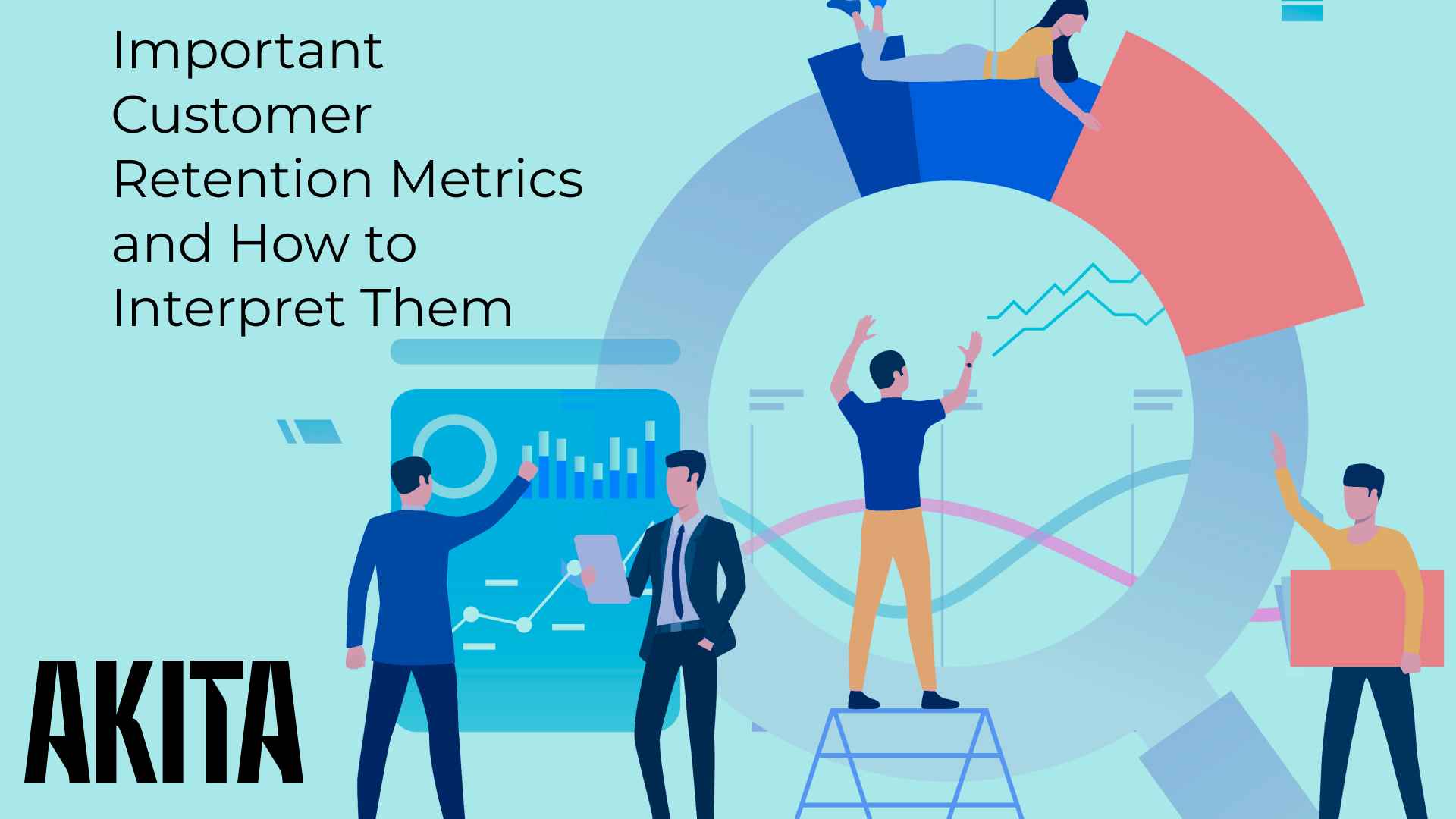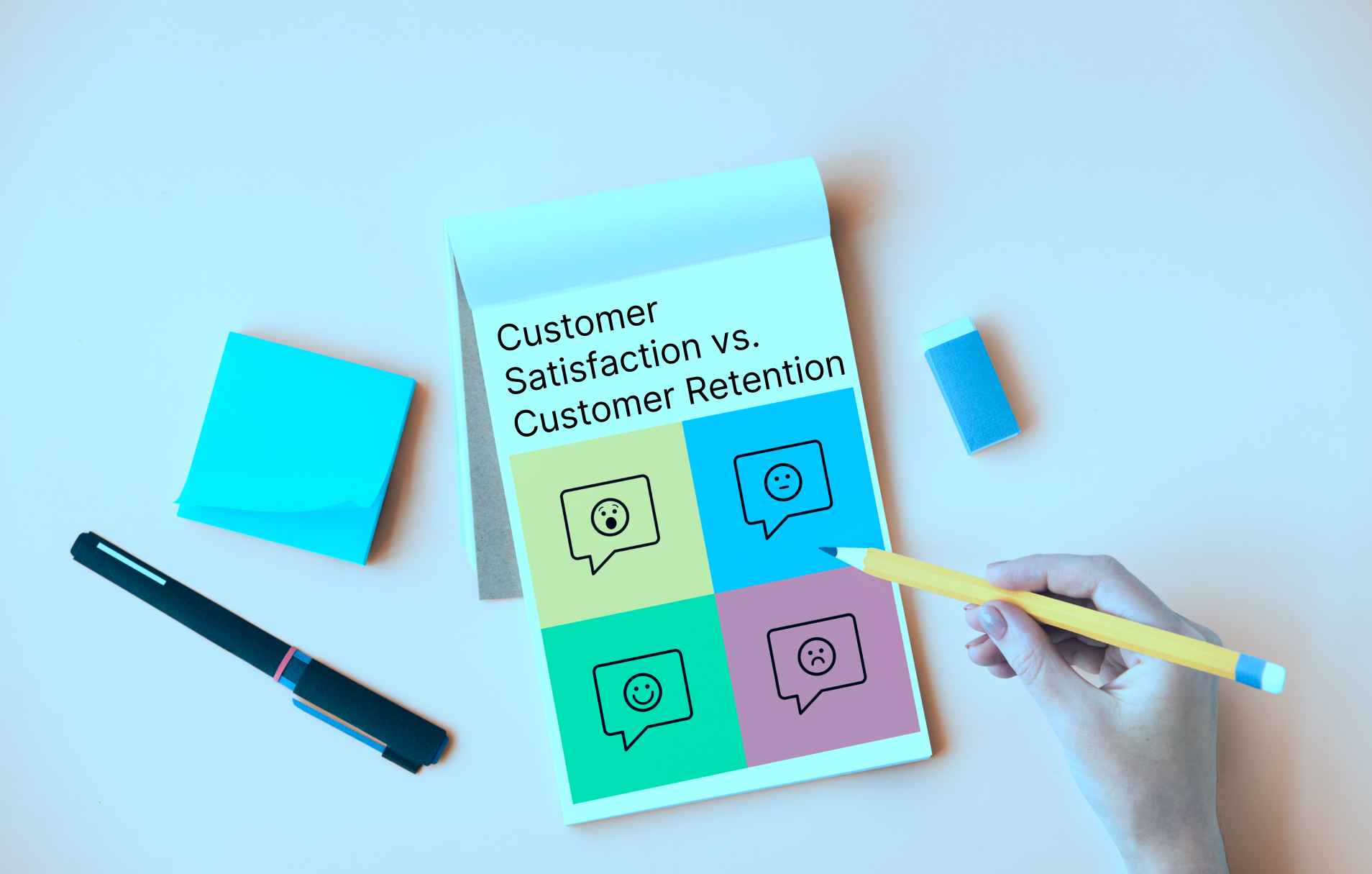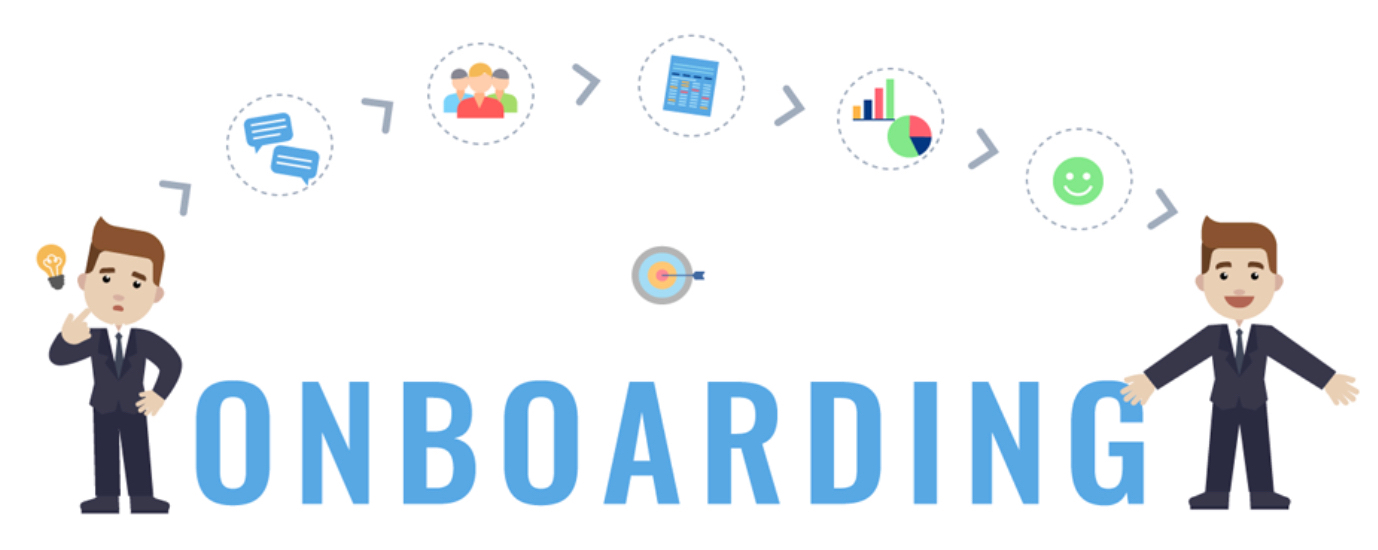Does IoT need Customer Success Managers?
At Davos World Economic Forum 2016, there was much talk of the 4th Industrial revolution. The man who literally wrote the book on it, Professor Klaus Schwab, defines this revolution as being “…characterized by a fusion of technologies that is blurring the lines between the physical, digital, and biological spheres.”
As this revolution unfolds, we will see deeper integration of digital and ‘real-world’ systems, the Internet of Things (IoT) and cloud computing. The physical things we build, the software we write, data we collect, our communications systems, our transport systems and our very own biology will become ever more deeply interconnected. Interconnected and tracked.
On a personal level an increase in activity tracking is unsettling and more than slightly Orwellian but as an active participant in the digital economy I have to wonder about the business implications, not only for those in the Software-as-a-Service (SaaS) world I inhabit but for those selling ‘real-world’ IoT enabled products and services?
The data these IoT companies collect is used to inform better product design and customer support, but could product usage data also have powerful applications in a Sales and Marketing context?
Most companies don’t market to their customers based on how they use their products but instead deploy quite generic marketing (or sales) campaigns. Customers are inundated with messaging that may have no relevance to their experience of consuming that product or service. Hence our inboxes (and post-boxes) are full of spam and junk. The SaaS industry is (slightly) ahead and in the process of targeting customer communications and engagements. For a number of years now SaaS firms have monitored how customers use their software to ensure:
- Usage experience is optimized
- Subscriptions are renewed, and
- Revenues are maximized
This practice has come to be known as ‘Customer Success’. Part of the practice of Customer Success is to aspire to ensure communications relate somewhat to a person’s user experience. Have you ever received a pop-up direct message in a mobile or SaaS application offering training or support on a feature you haven’t yet used? That’s an example of usage tracking driving engagement, improving user experience and in turn, reducing churn rates and increasing upsells.
Can this practice be applied to the IoT world of real, tangible products?
There will soon be a tipping point where every company that has more than a single customer interaction will want to understand more deeply how to maximize the spend of their customers through time. Product usage data, and how it is analyzed, will be the key to this. It appears, however, that most IoT vendors have yet to place significant focus on leveraging their user data to inform their sales and marketing campaigns or to maximize revenue streams. As a company that currently enable SaaS firms to maximize the lifetime value of their customers (CLV), we at Akita are looking forward to the market developing to a point where we can help deliver growth in CLV, not only to SaaS firms but also to firms in the IoT space.
So who will be the early adopters? IoT is already delivering a layer of rich data to some pioneers, many in the motoring space and manufacturers are using this data to inform the design of their products, streamline repairs, replacement parts, and logistics and to understand how their products are being used. But are they optimizing how they use this data to maximize CLV? Are they engaging in what a SaaS vendor would recognize as Customer Success?
Michelin now offer tires-as-a-service. In-built tire sensors measure tread wear and deflation, enabling them to inform their customers when tires need to be serviced or replaced to achieve optimum performance. The next step is to leverage this type of usage data to identify sales risks and opportunities or to activate automated sales or marketing plays. This is where integrating Customer Success practices and technology can super-charge how successful the deployment of IoT technology will be for a business.
According to McKinsey there were 84 million internet-connected vehicles globally in 2014. By 2020 the analysts expect this to reach 290 million vehicles, offering services ranging from ‘infotainment’, and vehicle management to driving safety reports, and after-sales service & customer care. These firms are primed to leverage the lessons being learned in the SaaS industry around Customer Success.
It’s not just in motoring, By 2020, current forecasts estimate between 30 billion and 75 billion connected ‘things’ ranging from smart bands, toys and photo frames to medical devices, earthquake sensors and airplanes.
Data from the Internet of Things can flow directly into your Customer Success Management application and deliver real-time usage data to inform companies where and when to focus upsell/cross-sell resources, when support, training, maintenance or replacement intervention may be required. All of which will allow companies to maximize CLV.
In Christian Shaffer’s e-book “Customer Success is Key” he details the transition his small manufacturing company made to becoming an IoT/SaaS provider. They produce traffic calming devices (roadside displays alerting cars of their speed) and added SIM technology to web-enable these devices. Their customers can now use a SaaS platform to query the captured data and better understand how to manage traffic in their area. This evolution delivered his company a new revenue stream of €2m annually in subscriptions to their new web management application, in addition to a 50% uplift in new business sales, deeper product adoption, and growth in add-on business. According to Shaffer, this successful transition was down to a real focus on using the data strategically and applying it in a ‘Customer Success’ context.
The potential growth opportunities for manufacturers in embracing the 4th industrial revolution are boundless. This is also a massive opportunity for Customer Success software providers like Akita and we can’t wait to see how we can help this new breed of technology companies to succeed in the coming years.
[If you would like to see how Akita helps SaaS companies retain and grow their customer base, click here to request a DEMO].





